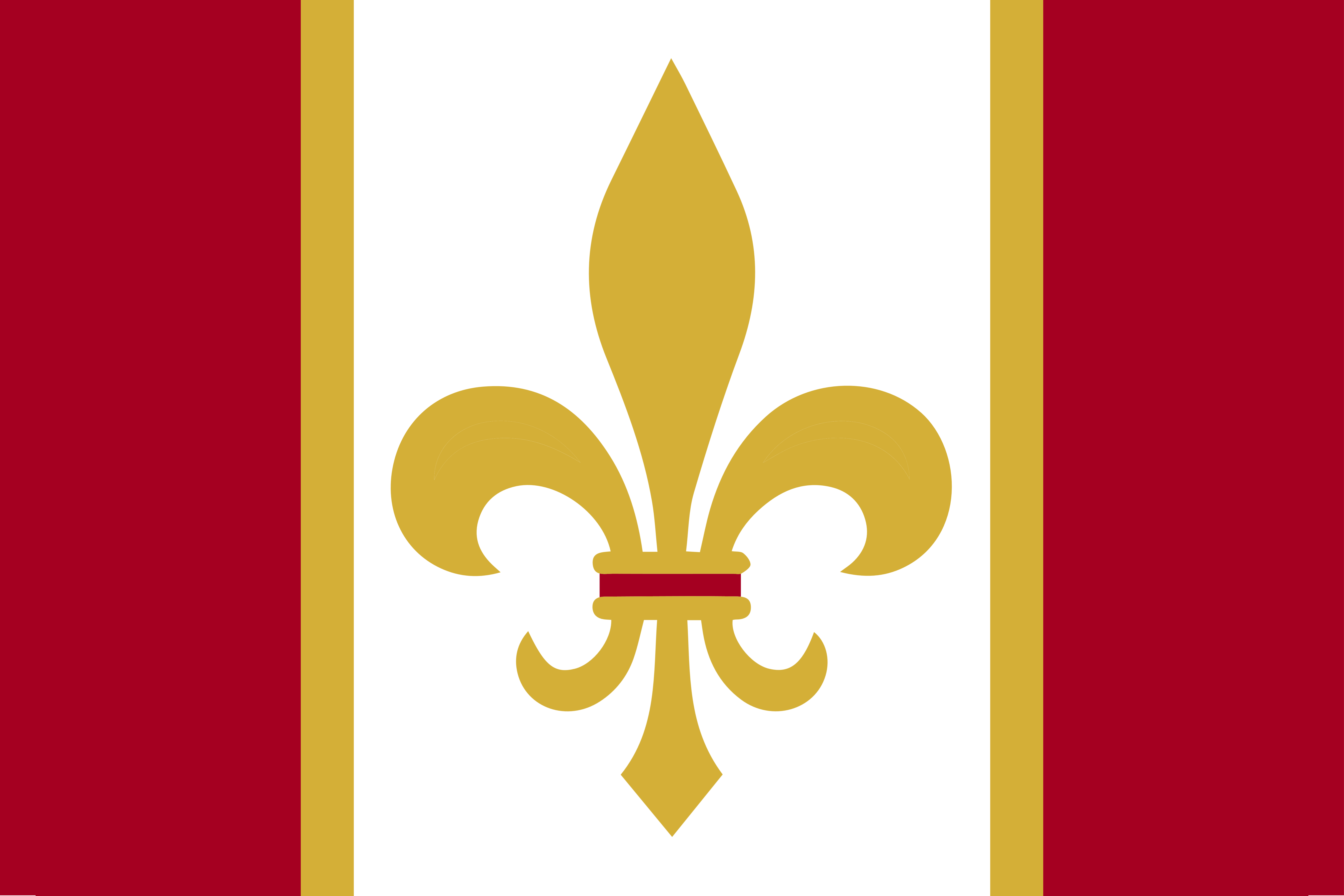Keldley Town
Keldley (or "Keldley Town") is an area in the Redwick Borough of Keldley, it is around 1.7 miles east of Loxdon Cross. It is historically part of the parish of St. Wilbert. The area experienced a rapid growth in population durong the 19th century due to the construction of near by factories and the Keldley Power Station.
History
The town was laid out in 1786, and was named after Elias Montague, 1st Earl Keldley, the name of the town first appears on maps around 1794 when what is now Turnberry Lane was almost completed. The area saw rapid growth in the latter half of the 19th century with the construction of the Redwick & Knightsbury Railway's station on the site of the former Crow Lane lock-ups, this allowed for easier access to the capital leading to more people living in Keldley simply so they could get a better quality of life instead of living in cramped dorms in the city like was commonplace in the 1790s through to the 1820s. Several years later in the 1860s, Keldley was incorporated into Redwick and was named as "the most major town in the new Borough of Keldley" in the 1854 Redwick Outlying Towns Report.
The 20th Century brung a series of unfortunate events with it, the first major one being the so called "War to end all Wars", around 110 deaths in the graveyard on Edmund Street can be attributed to Etorea's involvement in the conflict. By 1920, the last case of the spanish flu was recored in the area and was but a distant memory by the 30s. The first, and to this day only, cinema was opened in Keldley in 1936; the roof was replaced in 1946 after it was destroyed during the Blitz leaving screen 3 inoperable. During the Blitz, Keldley was heavily hit due to the near by power station providing alot of power to the south-eastern part of the city, casualties are estimated to have been around 800, including civilians, military and air raid wardens.
By 1960, Keldley looked as if not one bomb had been dropped and rationing had also stopped nearly 10 years ago. The station was rebuilt in 1967 to accomodate for a high speed rail line towards Knightsbury. Between 1998 and 2006, temporary housing was used in the form of hotels while 1960s era housing blocks were remodelled and upgraded to better suit the 21st century.
History
The town was laid out in 1786, and was named after Elias Montague, 1st Earl Keldley, the name of the town first appears on maps around 1794 when what is now Turnberry Lane was almost completed. The area saw rapid growth in the latter half of the 19th century with the construction of the Redwick & Knightsbury Railway's station on the site of the former Crow Lane lock-ups, this allowed for easier access to the capital leading to more people living in Keldley simply so they could get a better quality of life instead of living in cramped dorms in the city like was commonplace in the 1790s through to the 1820s. Several years later in the 1860s, Keldley was incorporated into Redwick and was named as "the most major town in the new Borough of Keldley" in the 1854 Redwick Outlying Towns Report.
The 20th Century brung a series of unfortunate events with it, the first major one being the so called "War to end all Wars", around 110 deaths in the graveyard on Edmund Street can be attributed to Etorea's involvement in the conflict. By 1920, the last case of the spanish flu was recored in the area and was but a distant memory by the 30s. The first, and to this day only, cinema was opened in Keldley in 1936; the roof was replaced in 1946 after it was destroyed during the Blitz leaving screen 3 inoperable. During the Blitz, Keldley was heavily hit due to the near by power station providing alot of power to the south-eastern part of the city, casualties are estimated to have been around 800, including civilians, military and air raid wardens.
By 1960, Keldley looked as if not one bomb had been dropped and rationing had also stopped nearly 10 years ago. The station was rebuilt in 1967 to accomodate for a high speed rail line towards Knightsbury. Between 1998 and 2006, temporary housing was used in the form of hotels while 1960s era housing blocks were remodelled and upgraded to better suit the 21st century.
Government
The Borough of Keldley is currently under Liberal Democratic Party control. The representative MP is Finn W. Cornell.
Points of interest
The offices of the long defunct North Etorean Railway have been converted into the North Etorean Hotel and can still be found at 67A Coniston Street. There is also a preserved steam pumping engine at the Keldley Wharf Museum.
Founding Date
1786
Type
Large town
Population
7,309 (2023 census)
Location under
Included Locations



Comments